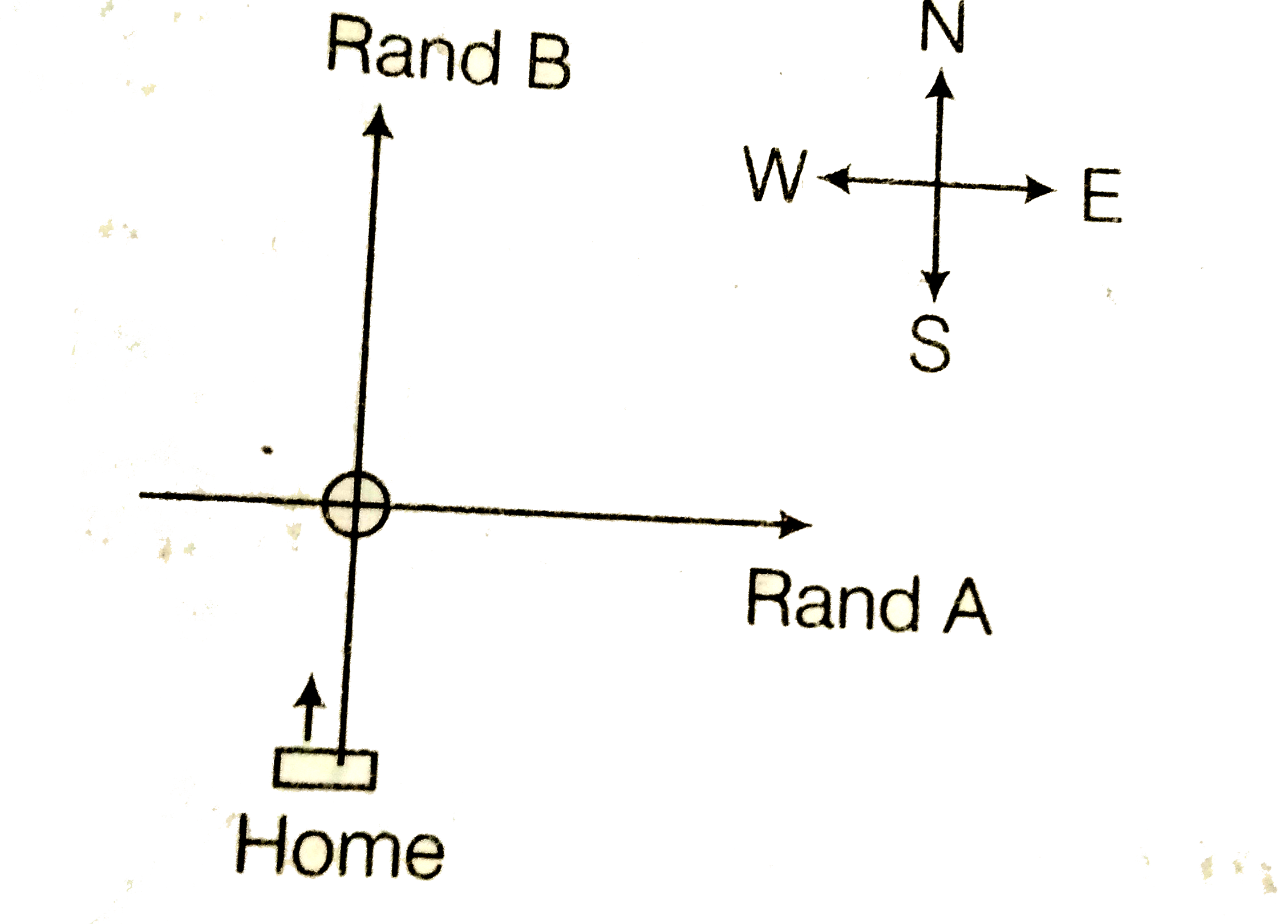Statement I f(x) = |x| sin x is differentiable at x = 0.
Statement II If g(x) is not differentiable at x = a and h(x) is differentiable at x = a, then g(x).h(x) cannot be differentiable at x = a Solution in Punjabi
A. Statement I is correct, Statement II is also correct, Statement II is the correct explanation of Statement I
B. Statement I is correct, Statement II is also correct, Statement II is not the correct explanation of Statement I
C. Statement I is correct, Statement II is incorrect
D. Statement I is incorrect, Statement II is correct.
The correct Answer is:C
Step by step video & image solution for Statement I f(x) = |x| sin x is differentiable at x = 0. Statement II If g(x) is not differentiable at x = a and h(x) is differentiable at x = a, then g(x).h(x) cannot be differentiable at x = a by Maths experts to help you in doubts & scoring excellent marks in Class 12 exams.
Updated on:21/07/2023Topper's Solved these Questions
- CONTINUITY AND DIFFERENTIABILITYBOOK - ARIHANT MATHSCHAPTER - CONTINUITY AND DIFFERENTIABILITYEXERCISE - EXERCISE 4
3 Videos
- CONTINUITY AND DIFFERENTIABILITYBOOK - ARIHANT MATHSCHAPTER - CONTINUITY AND DIFFERENTIABILITYEXERCISE - Exercise (Passage Based Questions)
16 Videos
- CONTINUITY AND DIFFERENTIABILITYBOOK - ARIHANT MATHSCHAPTER - CONTINUITY AND DIFFERENTIABILITYEXERCISE - Exercise (More Than One Correct Option Type Questions)
26 Videos
- COMPLEX NUMBERSBOOK - ARIHANT MATHSCHAPTER - COMPLEX NUMBERSEXERCISE - Complex Number Exercise 8
3 Videos
- COORDINATE SYSTEM AND COORDINATES BOOK - ARIHANT MATHSCHAPTER - COORDINATE SYSTEM AND COORDINATES EXERCISE - Exercise (Questions Asked In Previous 13 Years Exam)
7 Videos
Similar Questions
A man leaves his home early in the morning to have a walk. He arrives at a junction of roads A and B as shown in figure. He takes the following steps in later journies :

(i) 1 km in North direction.
(ii) Changes direction and moves in North-East direction for 2√2 km.
(iii) Changes direction and moves Southwards for distance of 2 km.
(iv) Finally he changes the direction and moves in South-East direction to reach road A again.
Now if roads A and B are taken as X-axis and y-axis ,then visible point representing the graph of y=f(x)
Then the value of x at which function f(x) is discontinous
View SolutionLet f be a function that is differentiable everywhere and that has the follwong properties :
(i) f(x)>0
(ii) f'(0)=−1
(iii) f(−x)=1f(x)andf(x+h)=f(x).f(h)
A standard result is f'(x)f(x)dx=log|f(x)|+C
The range fo the function Δ=f(|x|) is
View SolutionFunction whose jump (non-negative difference of LHL and RHL) of discontinuity is greater than or equal to one. Is/are
View SolutionFind the modules of 2+3ι
View SolutionIf a vertex of a triangle is (1, 1) and the mid-points of two side through this vertex are (-1, 2) and (3, 2), then centroid of the triangle is
View SolutionIf f(x)andg(x) are two differentiable functions, show that f(x)g(x) is also differentiable such that ddx[f(x)g(x)]=f(x)ddx{g(x)}+g(x)ddx{f(x)}
View SolutionIf f(x)andg(x) are differentiate functions, then show that f(x)±g(x) are also differentiable such that ddx{f(x)±g(x)}=ddx{f(x)}±ddx{g(x)}
View SolutionIf f(x)andg(f) are two differentiable functions and g(x)≠0 , then show that f(x)g(x) is also differentiable ddx{f(x)g(x)}=g(x)ddx{f(x)}−f(x)ddx{g(x)}[g(x)]2
View SolutionUsing the first principle, prove that: ddx(f(x)g(x))=f(x)ddx(g(x))+g(x)ddx(f(x))
View SolutionLet f(x)={−2,−3≤x≤0x−2,0<x≤3andg(x)=f(|x|)+|f(x)| Which of the following statement is correct ? g(x) is differentiable at x=0 g(x) is differentiable at x=2
View SolutionStatement I f(x) = |x| sin x is differentiable at x = 0.
Statement II If g(x) is not differentiable at x = a and h(x) is differentiable at x = a, then g(x).h(x) cannot be differentiable at x = a
View SolutionLet f(x)=x|x|andg(x)=sinx
Statement -1 g∘ f is differentiable at x=0 and its derivative is continous at that point
Statement -2 g∘f is twice differentiable at x=0.
View SolutionIf f(x)=(g(x))+g(−x)2+2[h(x)+h(−x)]−1 where g and h are differentiable functions then f'(0)
View SolutionUsing the first principle, prove that: ddx(f(x)g(x))=f(x)ddx(g(x))+g(x)ddx(f(x))
View SolutionIf f(x)andg(x) are two differentiable functions, show that f(x)g(x) is also differentiable such that ddx[f(x)g(x)]=f(x)ddx{g(x)}+g(x)ddx{f(x)}
View SolutionIf f(x)andg(x) a re differentiate functions, then show that f(x)±g(x) are also differentiable such that ddx{f(x)±g(x)}=ddx{f(x)}±ddx{g(x)}
View Solution
